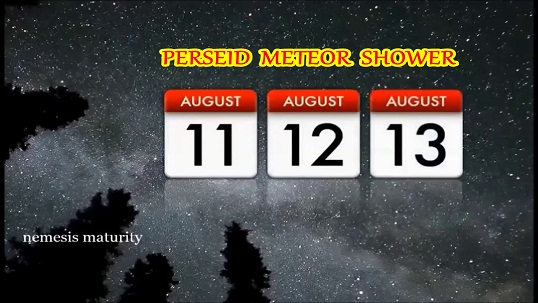| Online: | |
| Visits: | |
| Stories: |

| Story Views | |
| Now: | |
| Last Hour: | |
| Last 24 Hours: | |
| Total: | |
Perseid Meteor Shower – A Spectacular Show is Set to Light Up the Night Sky (+Video)
The annual August Perseid meteor shower probably ranks as the all-time favorite meteor shower of the year.
You need no special equipment to enjoy this nighttime spectacle. You don’t even have to know the constellations. But you’ll definitely want to find a dark, open sky to fully enjoy the show.
No matter where you live worldwide, the 2015 Perseid meteor shower will probably be fine on the mornings of August 11, 12, 13 and 14, with the nod going to August 13.
A new moon on August 14th will create perfect conditions for watching the meteor shower.
While the skies light up several time a year by other meteor showers , the Perseids are widely sought after by astronomers and stargazers. This is because at its peak, one can see 60 up to 100 meteors in an hour from a dark place.
What’s the source of the Perseid meteor shower? Every year, from around July 17 to August 24, our planet Earth crosses the orbital path of Comet Swift-Tuttle, the parent of the Perseid meteor shower. Debris from this comet litters the comet’s orbit, but we don’t really get into the thick of the comet rubble until after the first week of August. The bits and pieces from Comet Swift-Tuttle slam into the Earth’s upper atmosphere at some 210,000 kilometers (130,000 miles) per hour, lighting up the nighttime with fast-moving Perseid meteors. If our planet happens to pass through an unusually dense clump of meteoroids – comet rubble – we’ll see an elevated number of meteors. We can always hope!
ENJOY THE SHOW!!!
Read more here: http://earthsky.org/astronomy-essentials/everything-you-need-to-know-perseid-meteor-shower
TIME AND DATE http://www.timeanddate.com/astronomy/meteor-shower/perseid.html

Image credit: NASA



